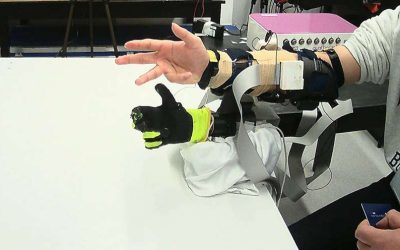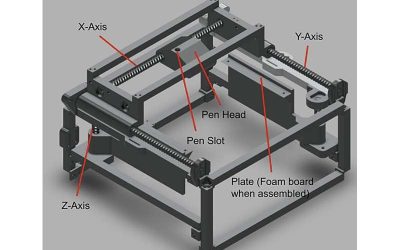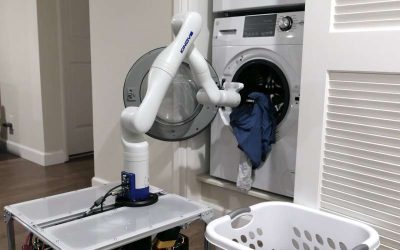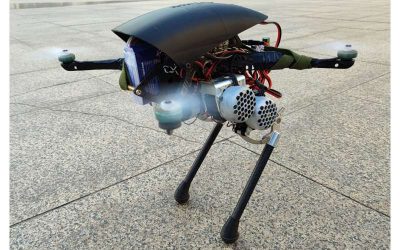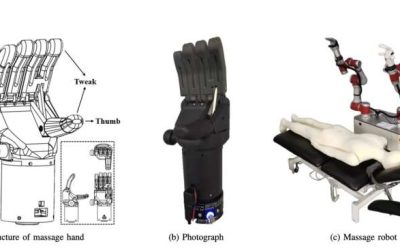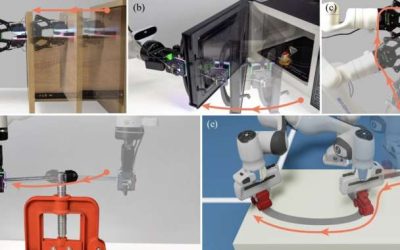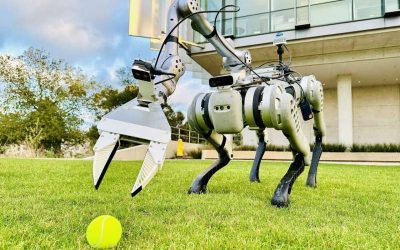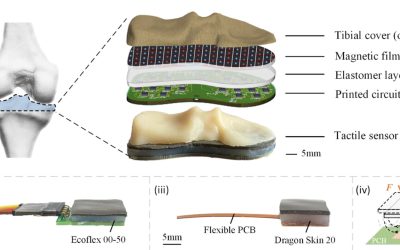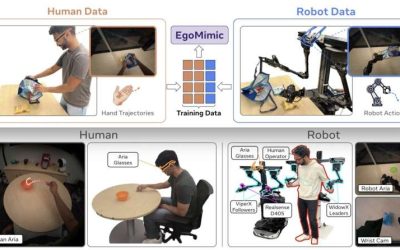Recent technological advances have opened new possibilities for the development of assistive and medical tools, including prosthetic limbs. While these limbs used to be hard objects with the same shape as limbs, prosthetics are now softer and look more realistic, with...
Robotics
Automating penmanship: Researchers develop cost-effective, AI-enhanced robotic handwriting system
Recent advances in robotics and artificial intelligence (AI) are enabling the development of a wide range of systems with unique characteristics designed for varying real-world applications. These include robots that can engage in activities traditionally only...
3D printing strategy can upgrade soft robots and extend their lifespan
Over the past decades, robotic systems have been rapidly advancing, fueled by the continuous introduction of more advanced electronics, mechanical components and software solutions. As a result, robots can easily become obsolete and outdated as newer systems emerge.
Open-source holonomic mobile manipulator could advance household robotics
Researchers at Stanford University, Princeton University, and Dexterity recently developed TidyBot++, a holonomic mobile robot that can perform various household chores and could help to train or test new algorithms for robotics applications.
Quadrotors support enhanced locomotion in a new bipedal robot
Humans and animals are the key inspiration for many robotic systems developed to date, as they possess body structures that innately support efficient locomotion. While many bipedal (i.e., two-legged) robots are humanoids, meaning that their body resembles that of...
Robot mimics traditional Chinese massage techniques for therapeutic use
In recent years, roboticists have developed a wide range of systems that could eventually be introduced in health care and assisted living facilities. These include both medical robots and robots designed to provide companionship or assistance to human users.
Zero-shot approach allows robots to manipulate articulated objects
To help humans to complete everyday manual tasks, robots should be able to reliably manipulate everyday objects that vary in shape, texture and size. Many conventional approaches to enable robotic manipulation of various objects rely on extensive training and precise...
Imitation learning framework enhances quadruped robots’ loco-manipulation skills in the wild
Quadruped robots integrating manipulators could potentially tackle tasks that entail manipulating objects while swiftly moving around in their surrounding environment. These include tasks such as collecting the trash around the house, collecting specific objects and...
Soft e-skin utilizes magnetic fields to independently sense three-axis forces
Electronic skins (e-skins) are flexible sensing materials designed to mimic the human skin's ability to pick up tactile information when touching objects and surfaces. Highly performing e-skins could be used to enhance the capabilities of robots, to create new haptic...
Novel framework can create egocentric human demonstrations for imitation learning
One of the most promising approaches to teaching robots how to complete manual tasks such as cleaning dishes or preparing food is known as imitation learning. End-to-end imitation learning typically entails training a deep learning algorithm on raw videos, images...

